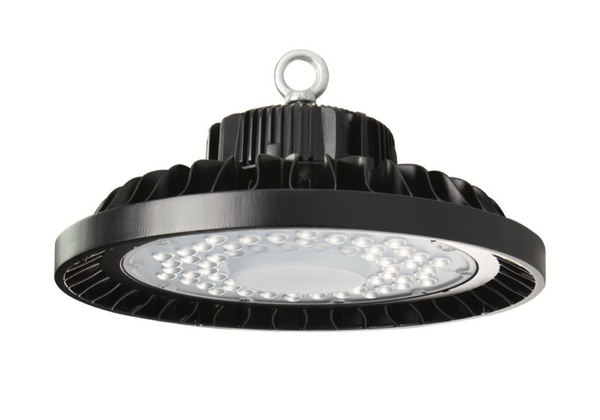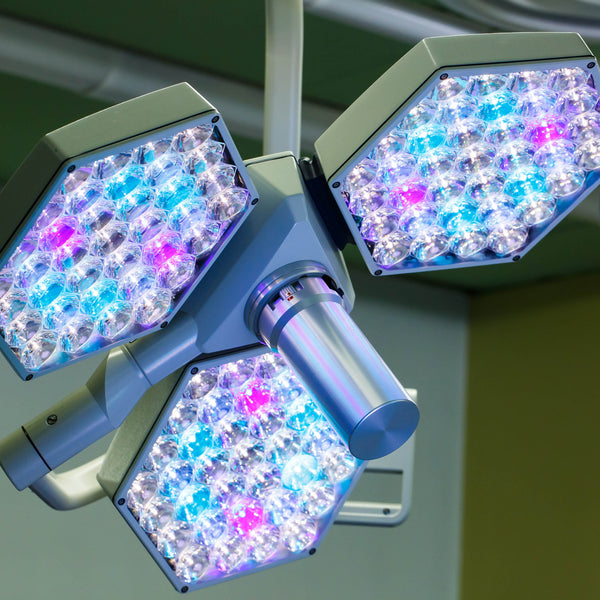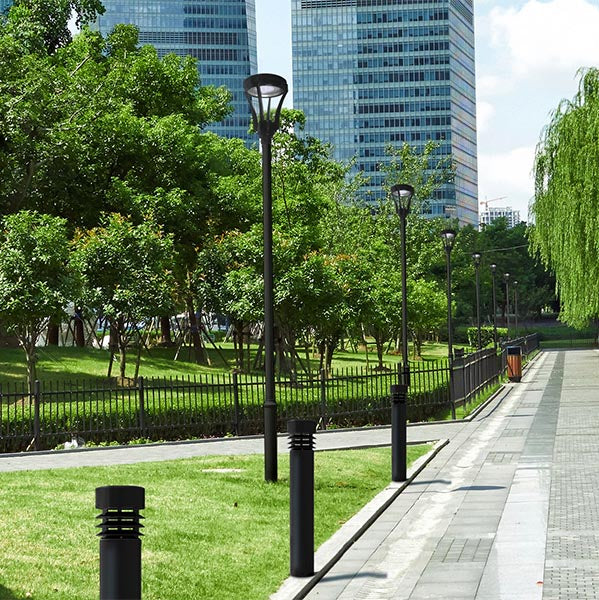How Street Lighting Has Created a Unique Style for the Fashion Capitals of the World: Paris, London and New York

Paris, London, New York- three cities, three brands. And one of the things that make these cities most sought after is their unique identity; an identity shaped by their characteristic public lighting system. The ornate-style lamp posts of London, brass post tops bearing suspended street name placards of New York, or the iconic light fixtures of Paris-public lighting has been an integral part of each city’s character.
An indisputable fact comes to light: street lighting is vital to a city’s architecture. It renders a city more welcoming and attractive to its inhabitants; acts as an inhibitor to muggers and petty criminals who look for dark nooks and crannies; and generally, makes navigation easier.
Brex Lighting is a leading LED lighting provider for over 30 years. We provide quality lighting paraphernalia for residential, commercial, and public use. Always at the helm of cutting edge technology, Brex Lighting incorporates the latest LED lighting options in multifarious ways, to reduce electricity bills and offer a green lighting option.
Our lamp post and lamp post tops can be tailored to suit most unique requirements. Base style and luminaire style can all be customized per plan and budget. High Intensity Discharge (HID) lighting options include Metal Halide (MH) and High-Pressure Sodium (HPS). Access our comprehensive product portfolio here or get a free quote for your custom signage needs now.
Evolution of Street Lighting through the Passage of Time
Street Lighting seems ubiquitous now, but it wasn’t always so.
The alleys and back streets of London got illuminated only in the 15th century. Prior to that, oil lanterns were hung outside houses to illuminate the streets. In fact, Parisians were dictated by the government to put candles or lamps in their street-facing parlors to cast a glow to public realm bathed in gloom. Evidently, people were not too happy with the orders as candles were expensive at the time.
Orders were revoked and European cities were illuminated with lanterns suspended on ropes and chains that were lowered when darkness set in. But the practice didn’t last long as a result of vandals throwing stones at glass lanterns for sadistic pleasure.
Darkness facilitated crime. Pickpockets, muggers and low lives flourished in dark bylanes. The situation became so grim that the police paid through its nose to hand oil lanterns on lamp posts. This can be seen as the advent of a modern street lighting system.
The new era of public lighting came with the use of gas lighting. Oil lamps were replaced with gas-lit lamps that could be used for longer periods at lower costs. Although the practice was long in use in China, where volcanic gas was fed through bamboo pipes to light lamps, for Europe and America, gas lighting was a big leap forward.
Lamp posts became a refuge for the poor who sat in its bright light, a far cry from dimly-lit interiors. Cast iron lamps and posts were molded in decorative styles to lend them aesthetically pleasing. Fish, dragons, monsters, foliage and crowns were commonly used sculptural motifs. The earliest electric lights on the banks of river Thames are one of the finest architectural and sculptural specimen with its amalgamation of acanthus leaves, vines, and sea monsters.
Many modern towns had neighboring foundries that were familiar with the city’s unique features. They created cast iron lamp posts and tops reflecting the town’s characteristic elements in a beautiful manner. Durable, weather-proof iron posts replaced steel and aluminum composites posts. Moreover, iron cast molds can replicate architectural details to a finer degree as compared to its contemporaries.
Gradually, decorative street lighting assumed a dual purpose. It lent an iconic, definitive look to a city, as well as, was used for suspending additional appendages such as banners, flags, and planters. LED lights offered superior illumination, monetary savings and better control over color rendition.
The Way Forward for Street Lighting
By 2050, two out of three people will be living in cities, states a report published in Medium. 19% of the world’s electricity is consumed by lighting. 15% of this consumption goes in street lighting. To accommodate such large volumes, lighting options need to be economical and efficient.
Innovations in street lighting such as the use of solar energy in street lamps, and connected ‘smart’ lights are a step towards sustainable lighting and living. These will not only lower our energy demands but also shape up our cities’ identity.


